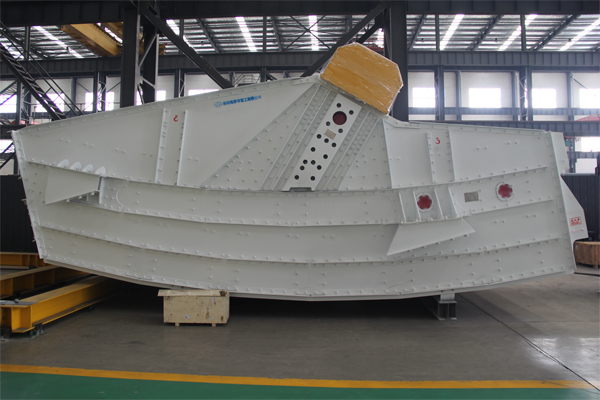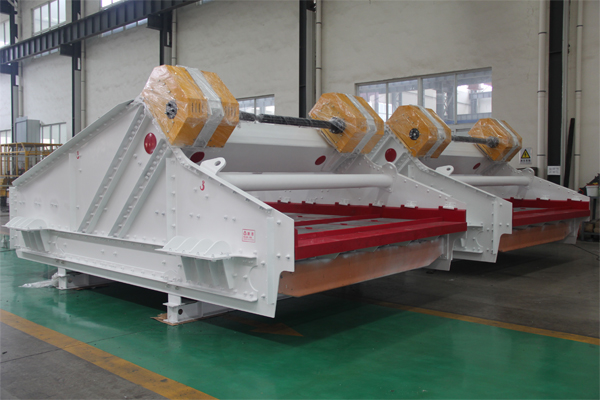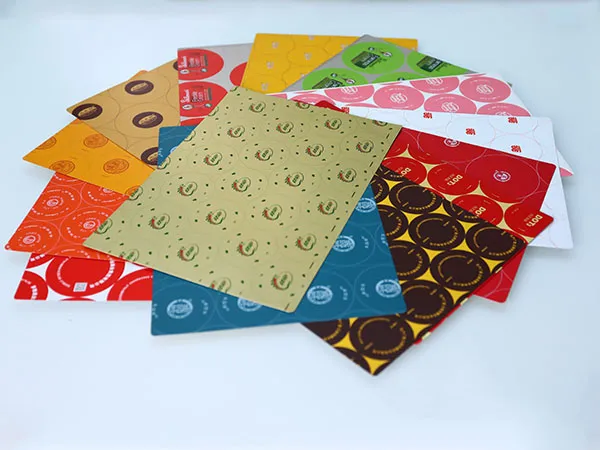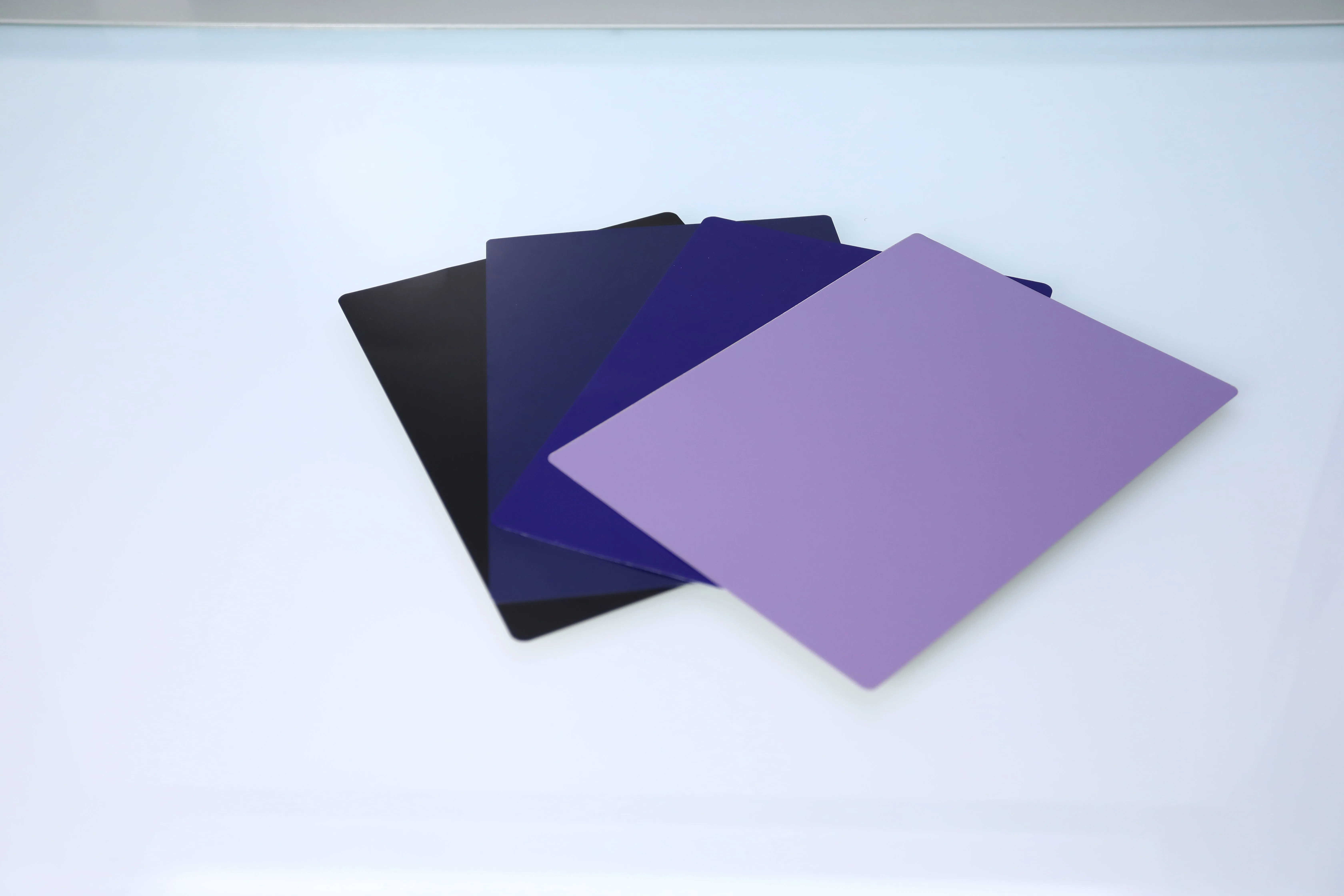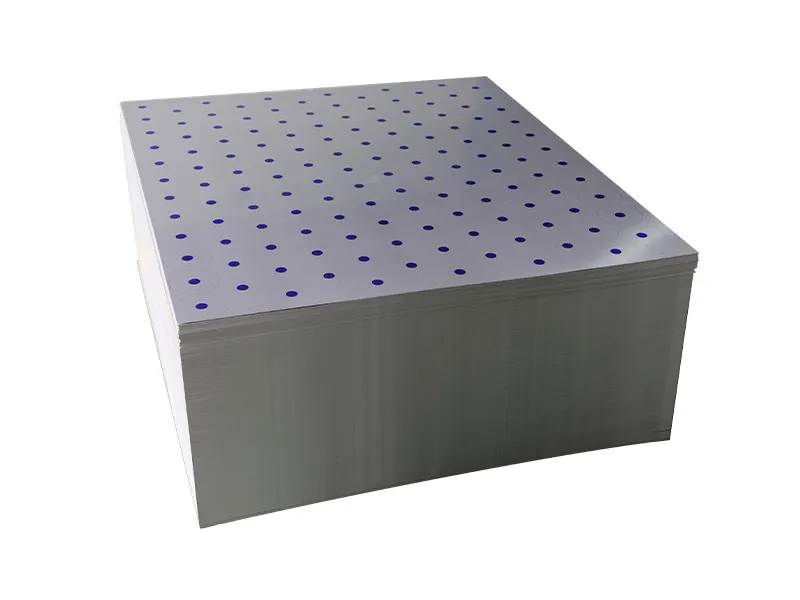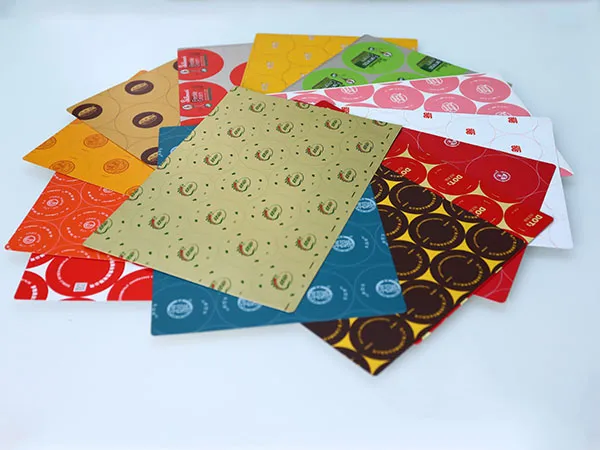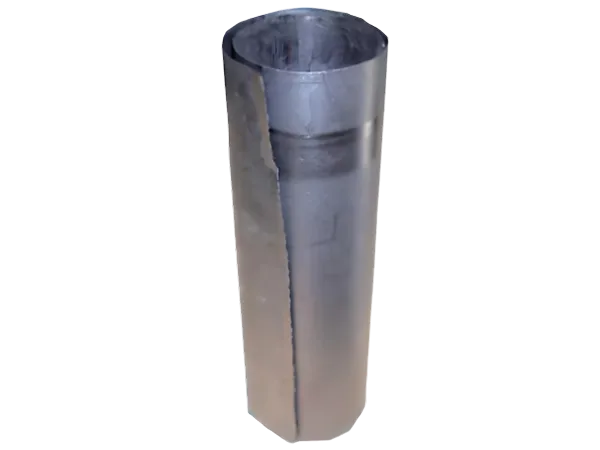Replacing wear parts on an impact crusher is a crucial maintenance task to ensure optimal performance, efficiency, and safety. The main wear parts in an impact crusher are the blow bars, breaker plate liners (or impact plates), and side wear plates (or side liners). The specific procedure can vary slightly depending on the crusher model and manufacturer, but here’s a general guide for each.
Impact Crusher Wear Parts Replacement
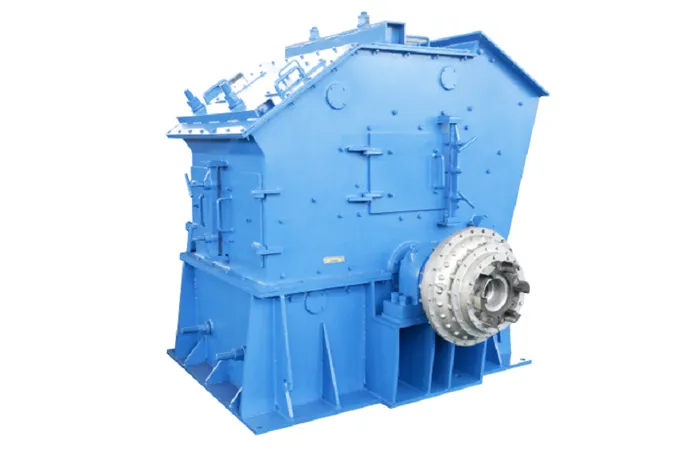
General Safety Precautions (ALWAYS follow these!):
STOP THE CRUSHER: Completely shut down the crusher and any associated equipment (feeders, conveyors).
DISCONNECT POWER: Ensure all power sources are disconnected and locked out/tagged out to prevent accidental startup. This is non-negotiable.
SECURE THE ROTOR: If replacing blow bars, the rotor must be secured to prevent it from rotating unexpectedly.
CLEAR THE CRUSHING CHAMBER: Remove any remaining material from the crushing chamber.
USE APPROPRIATE PPE: Wear hard hats, safety glasses, steel-toed boots, gloves, and any other required personal protective equipment.
USE PROPER LIFTING GEAR: Wear parts can be very heavy. Always use appropriate lifting equipment (hoists, slings, etc.) and ensure they are rated for the weight.
WORK WITH A TEAM: Never attempt wear part replacement alone. A minimum of two people is usually recommended for safety and efficiency.
REFER TO THE OPERATOR’S MANUAL: Always consult your specific crusher’s operator’s and maintenance manual for detailed instructions, diagrams, and torque specifications.
1. Replacing Blow Bars
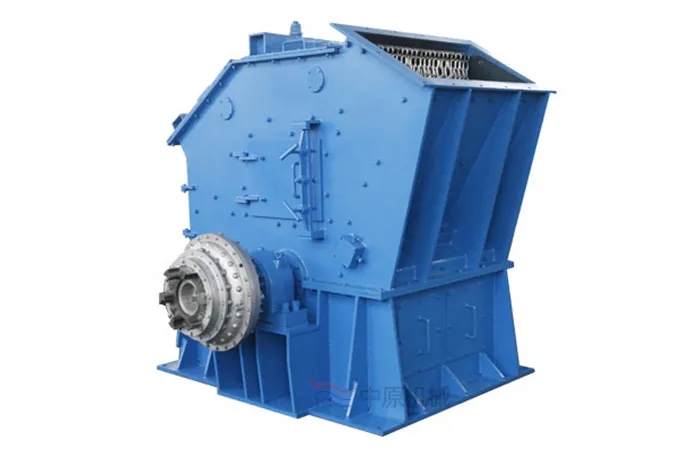
Blow bars are the primary impact elements and typically wear out the fastest.
When to replace/turn blow bars:
When one face is worn down to its limit. Many blow bars are symmetrically shaped and can be flipped to use the other side, effectively doubling their lifespan.
Before they are worn through to prevent damage to the rotor.
…
More details about how to replace impact crusher wear parts can be found by clicking visit: https://www.zymining.com/en/a/news/impact-crusher-wear-parts-replacement.html



